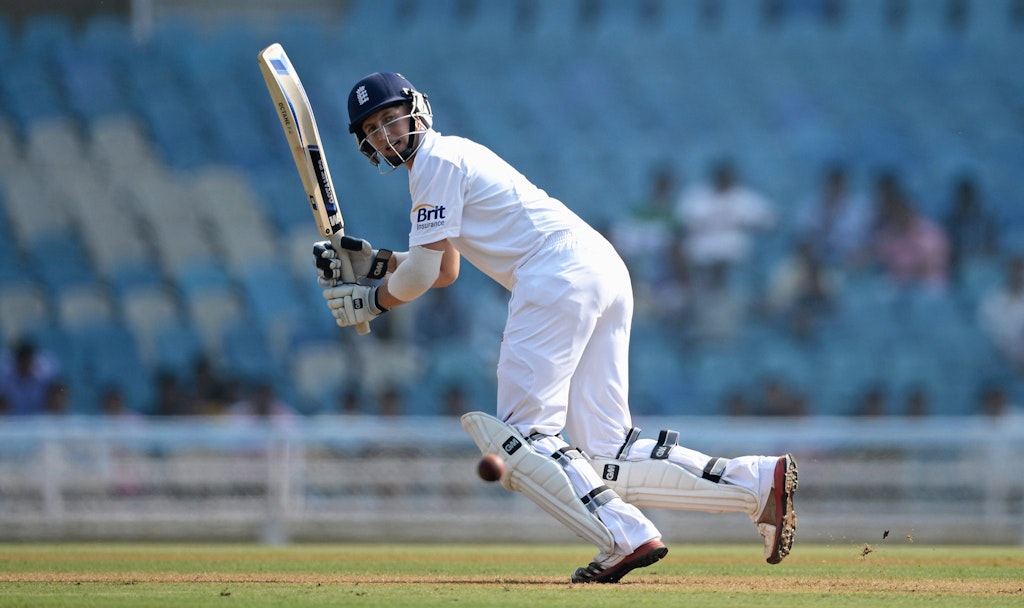Lies, damn lies
Statistics are an essentially alien language that humans did not evolve to recognise or understand
One of the second tier effects to have emerged in the wake of Covid-19, alongside Crypto-Currency experts and Zoom-format podcasts, has been a Tsunami of Statistics.
Statistics are an essentially alien language, that humans did not evolve to recognise or understand. They promise us the bird’s eye view, but mankind was not meant to have this perspective and struggles to process it. GK Chesterton wrote about the dangers of the elevated viewpoint, in the Hammer of God, and as always he was right, and more humane than many of his more Utopian contemporaries.
They can of course be useful, enabling scientists to grasp complex and emergent problems — like a pandemic — and devise appropriate responses. But unless trained to decode them, you might wonder what they are getting at — and lunge at a wrong answer.
The charts they produce — Pie and Bar, as a rule, co-incidentally two things that are sorely missed from real life, along with the Scotch Egg and the Pint — are the numerical equivalent of the paintings of Mondrian. Derived from the shock of viewing Paris from the top of the Eiffel Tower, they are briefly fascinating, but leave us cold and disorientated. You are likely to learn more about humanity from the Pietá.
Tim Harford and the Chivers boys will, between them, get you well up to first Dan in unarmed statistical combat
More to the point, like Covid-19 itself, they can be weaponised to devastating effect. Once they escape, whether from the laboratory or the marketplace, stats are spread by an asymptomatic media, a media that doesn’t care if they give you a headache, as long as they make you gasp.
You need to build up your natural defences. Statistical numeracy is key to critical thinking. It enables us to scrutinise all manner of claims made on our attention, from the legitimacy of government reports on institutional racism, to our son’s assurances that a solid 42 per cent in his latest physics exam isn’t “actually” all that bad. It is in short crucial for making sense of the modern world.

And famously, we are all crap at it.
Not only are we crap, we’re quite proud of being crap. It’s considered part of the national character. There are but two disciplines wherein we accept the sovereignty of the stat – cricket, and warfare. Any other application is highly suspect.
Like most British prejudices, this hardens with experience. No doomed government scheme was ever presented without a watertight case made in numerical tabulation. Such figures, briefly the shining, manifest destiny of the hour, swiftly become the unloved, pigeon-shit encrusted underbelly of every abandoned progressive pier, stretching unresolved into a future that never came.
We still vote, but nowadays, we do it to keep the other lot — the ones who have thoroughly costed their plans on their Excel spread-sheet — out.
Lest this sound like an entirely reactionary position — heaven forfend — I should emphasise that statistics, like free speech and the north, can switch sides in a heartbeat. Now, they are largely brandished by Oxfam, BLM and the WEF to demonstrate how unfair everything is. In the early twentieth century, however, they were the plaything of some of the most eminently cancellable dead white males ever to grace the steps of the Reform club.
Harford is very good at crafting lucid, balanced prose at every scale
Francis Galton and Ronald Fisher, who first cooked them up, with little more than a volumetric pipette and a couple of round bottomed flasks, used statistics to demonstrate — conclusively! — every currently unacceptable proposition about humankind going. Fisher in particular — “the single most important figure in 20th century statistics”* — is now remembered, not least by this very magazine, only when it is decided to remove his name from a building it is thought to disfigure.
So, whenever people start talking about “record numbers of this” or “an alarming spike in that” — or, and most especially, when they draw attention to anything intended to put you off your bacon — I’ve always felt that a good rule of thumb is to take those thumbs and stick them in your ears.
However, it is not possible to avoid numbers entirely. Even if you wean yourself off the news, once we are back in the pubs, you are certain to encounter someone who has marshalled a few figures to support their own pet theory about the ongoing public health/authoritarian overreach crisis. You need to be prepared.
A brace** of books released in the last few months offer the home gym you need.
Tim Harford and the Chivers boys will, between them, get you well up to first Dan in unarmed statistical combat, and make the experience as much fun as proving the supremacy of your team despite their mid table finish.
I have encountered Tim Harford and Tom Chivers before and I can assure you, both are Grade A geeks, not white bread journos LARPing at the thing since they noticed the change in the weather. And they are both admirably even-handed on all potentially polarising issues.
I can’t pick one. I really think you need both these books
If one were to be brutally statistical about it, I suppose one might say that Harford’s book is better value, offering 327 pp at a hardcover price of £14.99, compared to Tom’s 172pp for £9.26. But this depends on how much you value your time. If your intention is to get immunity to Bad Data ASAP, rather than settle down in the bath for a self-indulgent chuckle and the folly of mankind, then you might regard the Chivers’ brevity as the better value.

In fact, the two different approaches are very much complementary. Harford’s is the more gestalt, holistic take, and also the most committed to unwinding all those coiled years of sullen distrust that we hardened old cynic have accrued.
The Chiverses, on the other hand, offer twice as many chapters, all of an almost brutal efficiency, that feel like they might be barked at you over the throbbing of the engines in the hull of a Hercules just before you drop behind enemy lines.
Tim’s is certainly more luxuriously upholstered. This is not to suggest needless padding, however. Harford is very good at crafting lucid, balanced prose at every scale and he addresses the natural cynicism we all have towards data, and the siren call of a retreat into hand-waving doubt. And he draws attention to the monumental achievements of dogged statisticians in overcoming that doubt and suspicion, from Florence Nightingale’s revolution in clinical practise to the Family Rosling’s energising Factfullness. He mixes engaging narrative and abstract principle with a deft, light touch and his chapters each have the satisfying, interwoven quality of a really good Monkey’s fist. His book is as much about our human relationship with raw data, as the numbers themselves.
The Chivers’s account may offer more pared-down fun. But though trimmed of fat, among their 22 pithy chapters they take on what for me remains the Calculus of Statistics, the acid test of competence – the Bayes Theorem of Probability. This is the coastal shelf of analysis, at which point you have to stop prodding for sand with your outstretched toes, and start using your skills to stay afloat. Get your head around this, and pub bores can be despatched without breaking a sweat. You can start to engage with “priors”, false positives and false negatives and really get under the hood or into the code or up to your rolled cuff in bovine gore, depending on your chosen metaphor.
So, in short, Tim has more stories you will want to repeat and get slightly wrong with your friends, and Tom will drill you until you can strip down your weapons and reload in the field without taking your eye off the target.
Call it cowardice if you will — after all I share a social media platform with both these men — but I can’t pick one. I really think you need both these books. There is a statistically insignificant chance that you might regret time spent on either. And if you really want to triangulate the thing and become an actual expert, someone anxious strangers approach in the street for advice, then toss David Spielgelhalter into the basket too, and you can legitimately claim to have a better understanding than 90 per cent of psychology graduates, 75 per cent of practising doctors, and 100 per cent of Hatt Mancock.
And that’s a statistical fact!***
* Efron, Bradley (1998), “R. A. Fisher in the 21st century”, Statistical Science, 13 (2): 95–122, doi:10.1214/ss/1028905930.
**A gloriously analogue, pre-statistical, though literally binary measure, the unit in which pheasants are counted, meaning that one is a “half”.
***Likelihood
Enjoying The Critic online? It's even better in print
Try five issues of Britain’s most civilised magazine for £10
Subscribe














